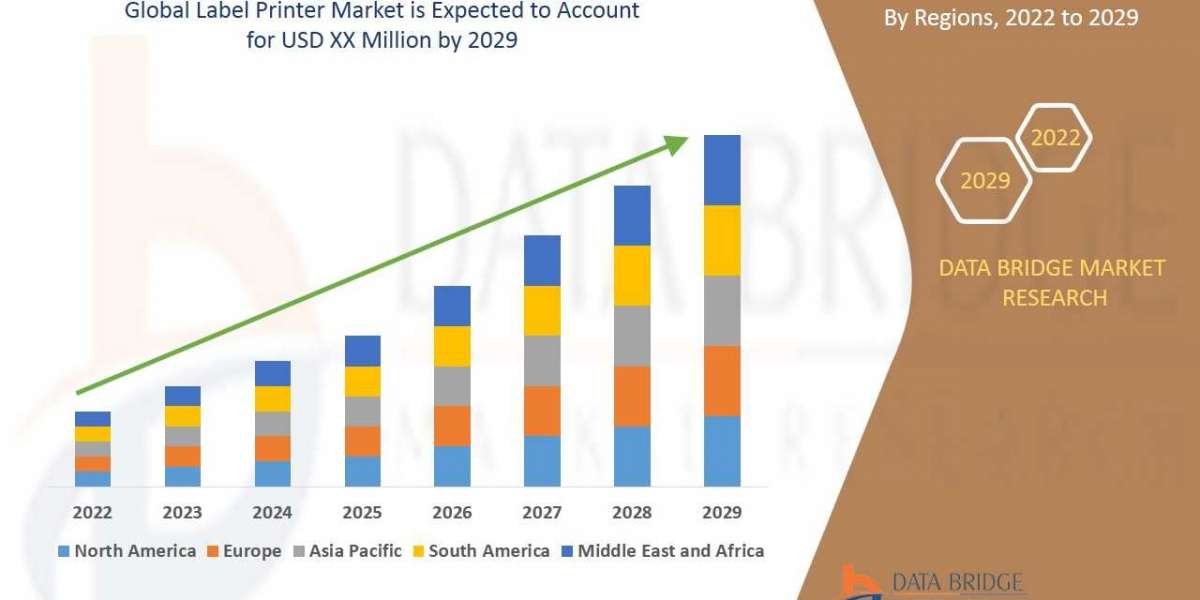According to a recent report by Reports and Data, the forecast for the global Glass Fiber Reinforced Gypsum (GFRG) market indicates that it will reach a value of USD 4.77 Billion by 2028. GFRG is extensively utilized in various construction applications. These applications include columns, moldings, ceilings, light coves, medallions, domes, capitals, fireplace surrounds, and custom shapes. However, GFRG is not suitable for use in fountains and swimming pools due to its vulnerability to moisture. It is primarily considered an architectural material that enhances the decorative quality of its surroundings. Its usage is prevalent in residential, office, and commercial construction projects such as casinos, hotels, and theaters. GFRG is available in different forms, including panels, parts, and powder, with panels being the most commonly used.
Get a sample copy of the Glass Fiber Reinforced Gypsum (GFRG) market report: https://www.reportsanddata.com/download-free-sample/1772
GFRG offers several advantages, with its flame-retardant properties being one of the most significant benefits. Due to its mineral composition, gypsum does not burn and can regulate temperature when exposed to flames, providing short-term protection to materials. GFRG is suitable for both exterior and interior building decoration, and the number of applications can vary based on customer requirements.
However, GFRG also has certain drawbacks. Its higher price is attributed to the relatively complex manufacturing process. Additionally, GFRG lacks ductility and is prone to breakage. Its weak weather resistance limits its usage, resulting in a higher preference for GFRG in the interior sections of buildings compared to the exterior sections.
The COVID-19 pandemic has significantly impacted the global Glass Fiber Reinforced Gypsum market. In 2020, the market experienced a substantial decline due to the suspension of both external and internal applications in residential and non-residential sectors, which were major contributors to market demand in 2019. While the industry anticipates a return to near-normal conditions before the end of 2020, the negative demand shock caused by the crisis may persist.
Glass Fiber Reinforced Gypsum Market: Notable Innovation
Notable Innovations in the GRG: Glass Reinforced Gypsum Market:
- Advanced Manufacturing Techniques: Innovations in manufacturing techniques have led to improved production processes for GFRG. These advancements include automated production lines, computerized design and cutting systems, and precision molding technologies. These innovations enhance the efficiency, accuracy, and consistency of GFRG production, resulting in high-quality products with intricate designs and shapes.
- Enhanced Strength and Durability: Researchers and manufacturers are continuously working on enhancing the strength and durability of GFRG. By incorporating advanced glass fiber reinforcement techniques and optimizing the gypsum-to-glass fiber ratio, GFRG products can achieve higher strength and improved resistance to cracking, impact, and deformation. These innovations expand the range of applications for GFRG, including load-bearing structures and exterior facades.
- Improved Weather Resistance: Weather resistance is a crucial factor for GFRG applications in outdoor environments. Innovations in the formulation of gypsum-based compounds and the addition of protective coatings or sealants have improved the weather resistance of GFRG. These advancements help GFRG products withstand harsh environmental conditions, including UV radiation, moisture, temperature fluctuations, and freeze-thaw cycles, without compromising their structural integrity or aesthetics.
- Lightweight and Thin GFRG Panels: Advancements in panel manufacturing have led to the development of lightweight and thin GFRG panels. By optimizing the composition and thickness of the panels, manufacturers have achieved a reduction in weight while maintaining the necessary strength and rigidity. These lightweight panels offer advantages such as ease of handling, transportation, and installation, making them suitable for various construction applications.
- Integration of Functional Features: Innovations in GFRG have focused on integrating functional features into the material. This includes incorporating acoustic insulation properties, fire-resistant additives, and thermal insulation capabilities directly into the GFRG panels. These enhancements make GFRG products multifunctional, providing added value in terms of energy efficiency, safety, and comfort within buildings.
- Customization and 3D Printing: The use of 3D printing technology has revolutionized the customization possibilities in GFRG. It allows for the creation of complex and intricate designs, custom shapes, and unique architectural elements with high precision. The ability to digitally model and fabricate GFRG components offers architects and designers greater freedom in creating visually appealing and customized structures.
- Sustainable Materials and Recycling: There is a growing emphasis on sustainability in the construction industry. Innovations in the GFRG market have focused on using sustainable materials, such as recycled gypsum and eco-friendly binders, to reduce the environmental impact. Additionally, advancements in recycling techniques have made it possible to recycle GFRG waste and incorporate it back into the production process, minimizing material waste and promoting a circular economy approach.
These notable innovations in the GFRG market have expanded its applications, improved performance characteristics, and contributed to the overall growth and adoption of GFRG in the construction industry.
Explore Trending Reports:
Quats (Quaternary Ammonium Compounds) Market: https://www.reportsanddata.com/report-detail/quats-quaternary-ammonium-compounds-market
Agricultural Biology Market: https://www.reportsanddata.com/report-detail/agricultural-biology-market
Rapid Prototyping Materials Market: https://www.reportsanddata.com/report-detail/rapid-prototyping-materials-market
Metamaterial Market: https://www.reportsanddata.com/report-detail/metamaterial-market
Request a customization of the report: https://www.reportsanddata.com/request-customization-form/1772
Thank you for reading our report. To know more about the customization or any query about the report contents, please connect with us and our team will ensure the report is tailored to meet your requirements.
About Reports and Data
Reports and Data is a market research and consulting company that provides syndicated research reports, customized research reports, and consulting services. Our solutions purely focus on your purpose to locate, target, and analyse consumer behaviour shifts across demographics, across industries, and help clients to make smarter business decisions. We offer market intelligence studies ensuring relevant and fact-based research across multiple industries, including Healthcare, Touch Points, Chemicals, Products, and Energy. We consistently update our research offerings to ensure our clients are aware of the latest trends existent in the market. Reports and Data has a strong base of experienced analysts from varied areas of expertise. Our industry experience and ability to develop a concrete solution to any research problems provides our clients with the ability to secure an edge over their respective competitors.
Contact:
John W, Head of Business Development
Reports And Data | Web: www.reportsanddata.com
Direct Line: +1-212-710-1370
E-mail: sales@reportsanddata.com
LinkedIn | Twitter | Blogs



